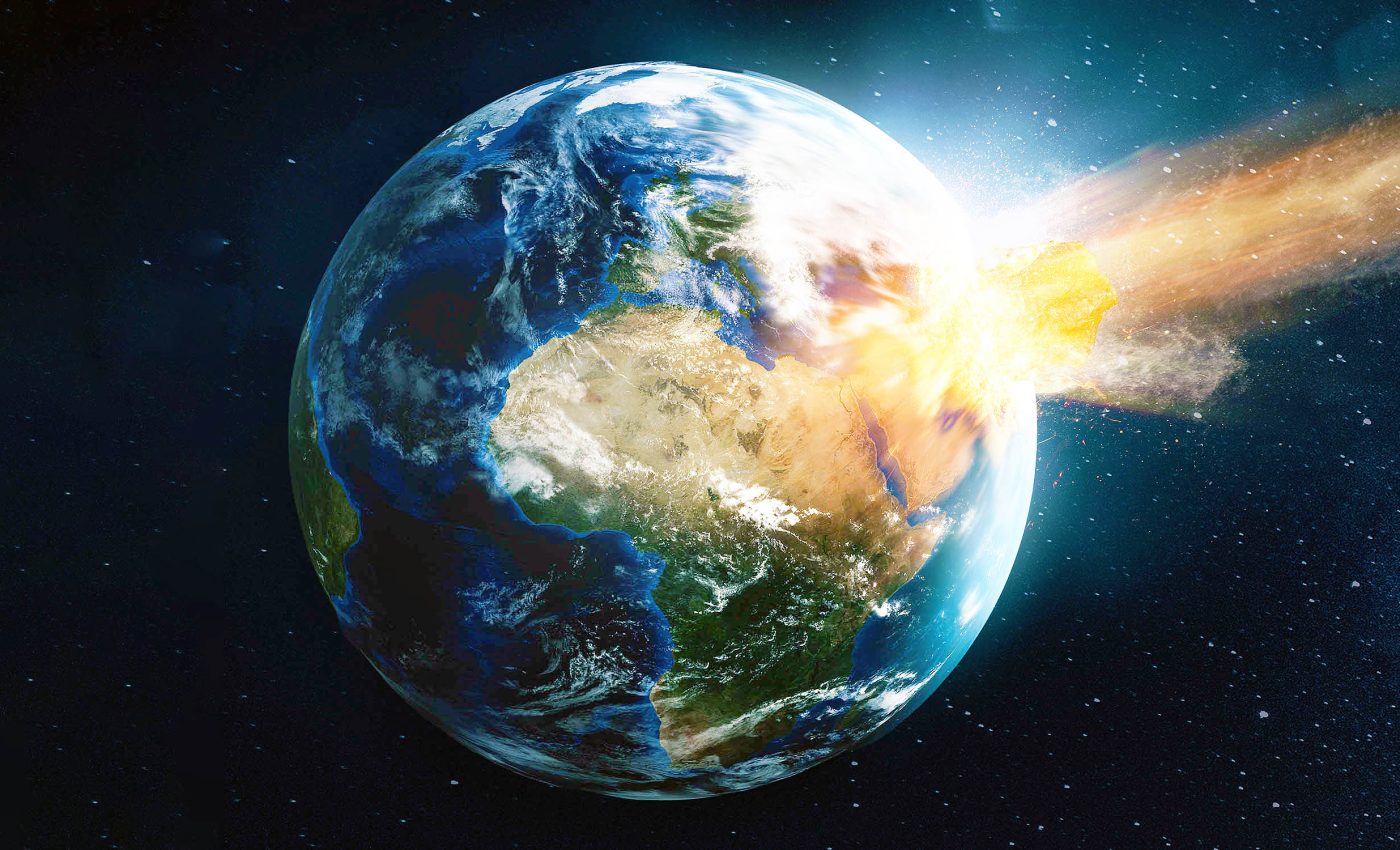
NASA test shows Earth is not prepared to prevent large asteroid strike
In an era where space exploration captures our imagination, a different cosmic concern demands our attention: the potential threat of asteroids colliding with Earth.
While this may sound like the plot of a Hollywood blockbuster, it’s a very real scenario that NASA and other government agencies are diligently preparing for.
Fifth Biennial Planetary Defense Exercise
On a sunny Thursday in April, nearly 100 representatives from various U.S. government agencies and international collaborators converged at the Johns Hopkins Applied Physics Laboratory (JHAPL) in Laurel, Maryland.
Their mission? To participate in the fifth biennial Planetary Defense Interagency Tabletop Exercise, orchestrated by NASA’s Planetary Defense Coordination Office.
Lindley Johnson, planetary defense officer emeritus at NASA Headquarters in Washington, explained the significance of the exercise:
“The uncertainties in these initial conditions for the exercise allowed participants to consider a particularly challenging set of circumstances. A large asteroid impact is potentially the only natural disaster humanity has the technology to predict years in advance and take action to prevent.”
Scenario: Hidden asteroid aims at Earth
The exercise presented participants with a nail-biting hypothetical scenario: a previously undetected asteroid with a 72% chance of striking Earth in approximately 14 years.
To add complexity, crucial follow-up observations would be delayed for seven months as the asteroid passed behind the Sun from Earth’s perspective.
This scenario highlighted the importance of early detection and the challenges posed by limited observational windows.
It also underscored the need for international cooperation in tracking and responding to potential threats.
Understanding hidden near-Earth asteroids
Hidden asteroids pose a significant challenge to our planetary defense efforts. These elusive space rocks often lurk in the vast darkness of space, evading detection by our current observation methods. Several factors contribute to their invisibility.
Some asteroids reflect very little light, making them appear as mere specks against the backdrop of space. Others orbit in regions that make them difficult to spot from Earth, such as those that approach us from the direction of the Sun.
The composition of these asteroids also plays a role; dark, carbon-rich asteroids reflect less light than their metallic counterparts, further complicating detection efforts.
Astronomers and space agencies actively work to improve our ability to find these hidden threats. They employ a variety of techniques, including wide-field surveys, infrared observations, and space-based telescopes.
The discovery of hidden asteroids often comes as a surprise, with some only becoming visible when they pass relatively close to Earth.
FEMA’s role in Earth asteroid defense
Leviticus “L.A.” Lewis, a FEMA detailee to NASA’s Planetary Defense Coordination Office, emphasized the agency’s crucial role:
“Our mission is helping people before, during, and after disasters. We work across the country every day before disasters happen to help people and communities understand and prepare for possible risks. In the event of a potential asteroid impact, FEMA would be a leading player in interagency coordination.”
Lessons from DART
For the first time, the exercise incorporated data from NASA’s successful DART (Double Asteroid Redirection Test) mission.
This impressive demonstration of asteroid deflection technology, which impacted the asteroid moonlet Dimorphos in September 2022, proved that we could potentially alter the course of an incoming celestial body.
However, Johnson cautioned that applying such technology to a real threat would require years of advance planning.
To enhance our ability to detect potential threats early, NASA is developing the NEO Surveyor (Near-Earth Object Surveyor).
This infrared space telescope, set to launch in June 2028, is specifically designed to expedite the discovery and characterization of potentially hazardous near-Earth objects.
Learning from asteroid-Earth impact scenario
NASA plans to publish a comprehensive after-action report detailing the strengths and gaps identified during the exercise, along with recommendations for improvement.
Johnson emphasized the value of these findings, saying, “These outcomes will help to shape future exercises and studies to ensure NASA and other government agencies continue improving planetary defense preparedness.”
Vigilance in the face of cosmic uncertainty
While there are no known significant asteroid impact threats in the foreseeable future, exercises like this play a crucial role in preparing for the unexpected.
By bringing together experts from various fields and exploring challenging scenarios, we increase our collective ability to protect our planet from potential cosmic hazards.
As we continue to explore the vastness of space, it’s reassuring to know that dedicated professionals are working tirelessly to keep Earth safe from celestial threats.
Through international cooperation, technological innovation, and rigorous preparation, we’re building a robust planetary defense system that may one day save countless lives.
—–
Like what you read? Subscribe to our newsletter for engaging articles, exclusive content, and the latest updates.
Check us out on EarthSnap, a free app brought to you by Eric Ralls and Earth.com.
—–
The full study was published by NASA.













